A One-Stop, Indispensable PR Cheatsheet for Dancers, Choreographers, and Alternative Performance
Choreographers and dancers, this article will tell you how to get press coverage in venues from mnartists.org to the StarTribune, Minn-Post to Minnesota Monthly. Deadlines, press releases, email addressesall you need to know is here.
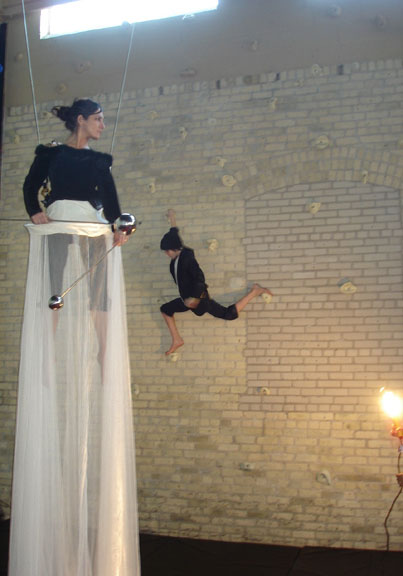


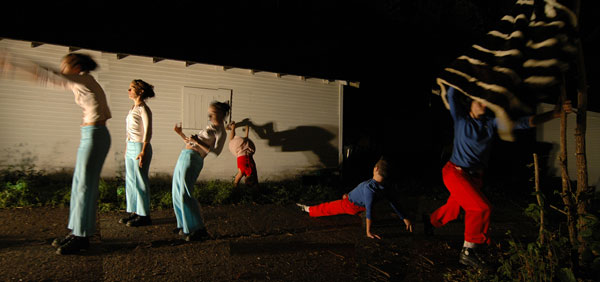
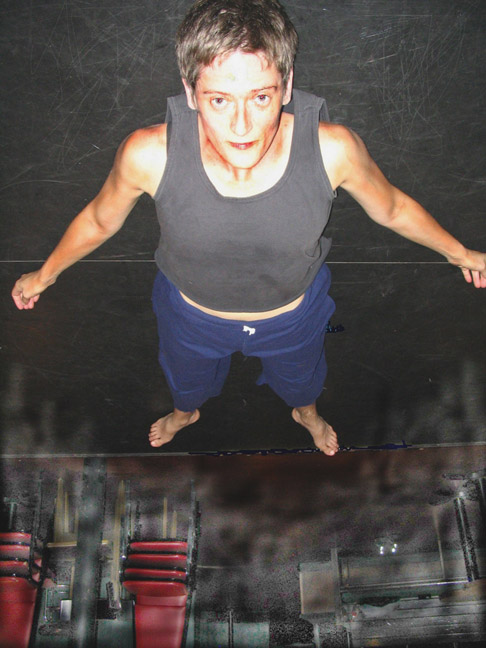
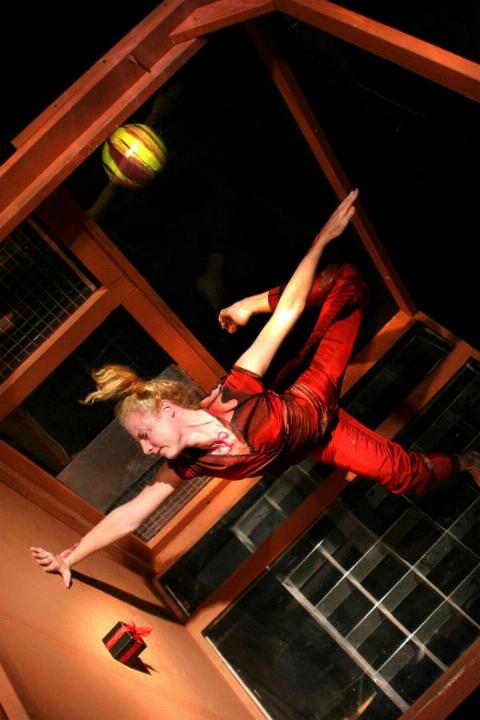

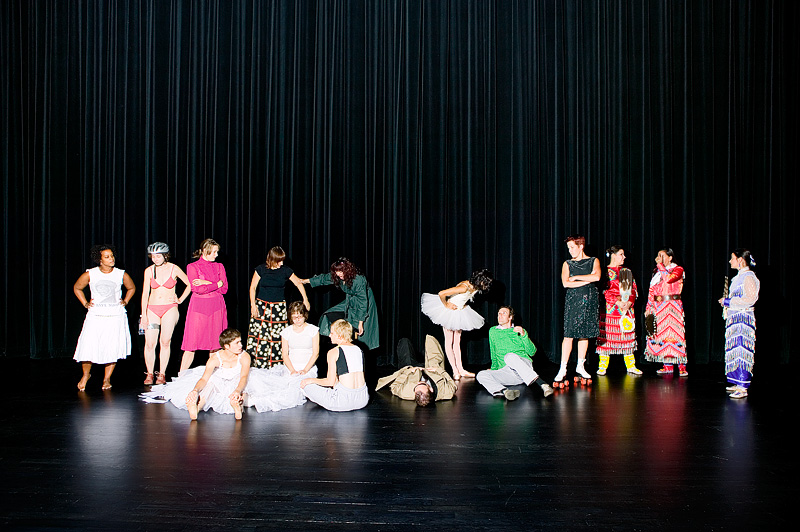
1. Why you should care
Perhaps you’re shaking your head, thinking “What good will it do me to read this? I’m just an alternative modern choreographer performing for three Thursdays at the BLB. Why would anyone want to cover me?” Answer: mnartists loves you alternative local folks! But beyond that, the big magazines also love you alternative local folks, because guess what? Magazine writers are absolutely starving for local stories that meet our deadlines. We don’t want to cover nothing but Northrop, but Northrop sure gets its press materials out early, and our editors love that. So please, read this and learn how to throw us a bone.
Perhaps you’re thinking, “I’m a well-established choreographer with a press agent and all that stuff. Why should I read this?” Answer: Everybody—no matter how slick your press releases look—could do better. Really. And I will tell you how.
And perhaps you’re thinking, “I’ve got a nice little crowd. I don’t need to dredge up an audience from Edina.” First, don’t be a snob. Second, keep in mind that arts sections draw younger, more liberal readers than their parent ’zines. Third, you have no idea who pages through Minnesota Monthly or Mpls-St Paul. Give that reader a chance to see what you’re doing.
2. How it works
The process (yes, you need to know this)
You and lots of other people send press releases to writers and editors. Writers decide which articles to pitch (that is, propose to editors) in a given span of time. (To you, it may look as if writers act on their own. Not so! Editors are ultimately responsible for assignments.) Editors accept or reject these choices; they may also assign or suggest articles based on press releases they’ve received. Editors for some publications also write brief arts listings, again based on press releases they’ve received.
What gets written
Features, previews, profiles: These are non-judgmental articles that come out in advance of your performance. The writer will interview you and attempt to create a picture of you or your work for the reader.
Reviews, commentary: The writer goes to see what you’re doing and comments on it. This is the writer’s opinion. Generally, these pieces come out after the first night of a performance, but they may come out after the performance is over.
3. Where to send: your guide to writers and editors
Let’s make this simple. There are four main dance writers in town: Camille LeFevre, Caroline Palmer, Linda Shapiro, and myself. Together, we write for everything from Dance Magazine to The Gay City News. Here are our addresses:
Camille LeFevre: camillelefevre (at) comcast.net
Caroline Palmer: sealinesadie (at) mac.com
Linda Shapiro: shapi018 (at) umn.edu
Lightsey Darst: Lightsey (at) lightseydarst.com
In general, just email us all. If you want to pitch something to somebody in particular, for some venue in particular, that’s a different matter. If I were you, I wouldn’t waste time trying to figure out which of us likes what. You don’t have time for that. (Of course, there are also quite a few other writers who cover dance occasionally. If you’ve noticed the writing of a particular writer, seek out that writer.)
Finally, you’ll need addresses for arts editors. To these people, send only full press releases. Here you go:
City Pages:news (at) citypages.com and events (at) citypages.com
Minnesota Monthly: tgihring (at) minnesotamonthly.com
Minn-Post: info (at) minnpost.com
mnartists.org: editor (at) mnartists.org
Mpls-St Paul Magazine: tsimons (at) mspmag.com
Pioneer Press: hraschke (at) pioneerpress.com
The Rake: pressrelease (at) rakemag.com
Star Tribune: cpeck (at) startribune.com or
Star Tribune
425 Portland Avenue
Minneapolis, MN 55488
FAX: 612-673-4359
Be aware that these addresses will change as editors come and go.
These are the main publications in town. However, you might want to include other venues, depending on your work. Think about neighborhood papers, university/college newsletters, special interest newsletters, and so on—anything you might have a connection to. Also, new publications are springing up all the time, particularly on the internet. Keep your eyes peeled.
4. When to send: your guide to lead times
Let’s start with the bad news. Brace yourself: copy for most magazines is due at the end of the month two full months before the magazine appears. And articles are assigned three full months before the magazine is on stands. You need to give the writer time to pitch the article, too. So use this formula: Go to day 1 of the month of your performance and subtract three months and one week; that’s your deadline for emailing a press release to the writer. For example, if you have a performance May 15, when should you email magazine writers? Jan 21 at the latest. So get on it! And the earlier you can send the release, the better. Remember that writers have multiple press releases to look at, and they tend to plan ahead.
Ready for the worse news? Profiles and articles for some magazines are pitched a year to 6 months ahead of time. Fall arts previews—those coveted spots—are pitched in June.
Shrugging your shoulders, telling yourself you just want a cool little online review anyway? Even online ’zines create editorial calendars a month to two months in advance.
The upshot? If you are lucky enough to know about a performance a year in advance, tell the world. Believe me, we don’t hear about too many performances that far in advance, so if you can be that prepared, you stand a good chance of being covered. If you know you’ll be doing a performance about a year from now and you don’t have all the specifics but you can give a sketch of the thing, go ahead and notify writers. You don’t need a full press release to give us a heads-up. It’s much more important that you meet our deadlines. Remember, we need time to consider and pitch the story; having sent us a heads-up, you can use that time to finish your press release.
Most of you don’t know what’s going on a year from now, I realize. But four months—come on, you can see that far in the future. And if you can’t, you should. Push your reluctant venues and friends to get that information and get it to your writers and editors.
Maybe you can’t make the magazine deadlines, but you want a review. You must send your press release/heads-up not at the beginning of the month in which your performance appears, but one month to two weeks before that. That is, by Jan 15 you should have those press releases for February performances out. January performances should have been announced in mid-December at the latest. As always, earlier is better.
Perhaps you’re shaking your head in despair at this point. Don’t. There is always a slim chance of last-minute coverage, so go ahead and send that press release one week before the event.
5. What to send: your guide to press releases
First, let me say that elaborate press releases are overrated. I never read them through (unless I’m confused, horrified, or falling asleep). Rethink your approach to the press release. It is not the written counterpart to your masterwork. It is not the promotional material you will show to the general public. It is a fact-sheet. Do not spend hours writing the thing, because it just ain’t worth it.
What goes in your press release: who (relevant people), what (the title, TV Guide-style summary), when, where, contact info for press and public (your email and phone number, box office phone number and/or web address, theater street address, ticket price)—put all that who/what/when/where up top, where it’s easy to find—and, most importantly, the Hook.
The Hook is what the writer will use to pitch coverage to the editor. The Hook should be something that stands out, something interesting. Think anniversaries, guest artists, subject matter, human interest. Examples: It’s your tenth season. You’re importing a tango artist from Argentina. The piece is inspired by particle physics. You and your composer just got married. What’s unusual about your work? Is your company multi-ethnic? Do you create dances by randomly ripping up directions for microwave repair? Did you just have twins? Don’t wince, work it: be shameless about your hook. Don’t worry, you will not spoil the work by revealing something interesting to writers and editors. If the work’s any good, it’ll stand up to that kind of revelation. If you have multiple hooks, go for it; just make sure they’re all stated clearly, or they’ll all get lost.
What doesn’t go in your press release: Excessive adjectives. Praise of yourself. Grandiose language. Anything that is not fact or hook. Don’t hack off writers or editors, don’t make them laugh at you, don’t bore them.
If you can’t muster the full facts for a press release, you should still send a heads-up to writers—just an email, as early as possible, containing the Hook. Don’t fuss with grammar here, just write it and send it. I can’t stress this enough: keep us posted. I get plenty of long, fancy-looking press releases that are next to useless because they did not come in time for me to pitch coverage.
5. If you get covered
Interviews
Make yourself available. If you’re better in person, make yourself available in person. Only conduct email interviews if you are articulate in writing. When you are being interviewed, do attempt to speak in complete sentences with concrete nouns. I know it’s not easy! Try setting up sentences like this: “I really want to give audiences. . .” “I’m influenced/inspired by. . .” “What I think is important is. . .” In other words, get yourself on track to actually saying something. Put as much content in your answers as you can. If you feel the writer is on the wrong track, please interject.
Reviews
Easy—just give the writer tickets (two is customary) if the writer emails you (often the writer will simply email your venue).
Pictures & media
Everyone knows you need a promotional photo of some sort. What you might not know is that for reviews, many publications want performance photos, or something that looks reasonably like performance. These don’t need to be available in advance, so just have a friend snap some digital images during dress rehearsal, then send the images to the writer or your theater’s press agent. All your photos need to come with a credit for the photographer and the names of pictured dancers.
Some publications can accommodate video clips, so if you have one, let your writer know.
6. Aftermath
So you did all the above and you got covered/reviewed, and the whole thing went well. Congratulations! Now build on those relationships. If Camille liked your last piece, give her an early heads-up on your next piece. (But don’t necessarily count out a critic who didn’t like your last piece—just make a special effort with those who did.)
Or maybe you did all the above and got covered/reviewed and—horrors!—you didn’t like the coverage. You can certainly contact the culprit, but I would be careful with this. Unless something’s gone obviously wrong, complaining to the writer or the writer’s editor won’t do you much good, because you will look as if you have an axe to grind. It’s better to provide information or ask questions. Start a discussion, not a fight.
Maybe you did all the above and you didn’t get covered at all. That’s too bad, but it happens. First, don’t blame yourself, the writer, or the editor. You never know what you’re going up against—space constraints, budget cuts, a one-armed acrobat who balances her family on her nose. Second, remember that you have at least gotten yourself on the radar by sending out your info, thus increasing your chances of being covered on your next try. Third, you should still offer writers tickets to your show, because you want us to see your work, love it, wish we’d been able to cover it, and then cover it big next time. Fourth, keep in mind that you can (and should) publicize yourself by using the free calendar available on mnartists.org.
One more bit of aftermath: I know you’ve all heard about the shrinking field of dance writing. This is a reality, but the good news is that you can help. How? Well, buy magazines, write editors, buy ads, etc., but you can also just click on dance coverage online (and it’s almost all online in some form now). Our editors keep track of these things. If no one clicks—no more dance criticism. You may need us, but we need you even more.
Good luck. I know you all try hard. Hope this makes it easier.